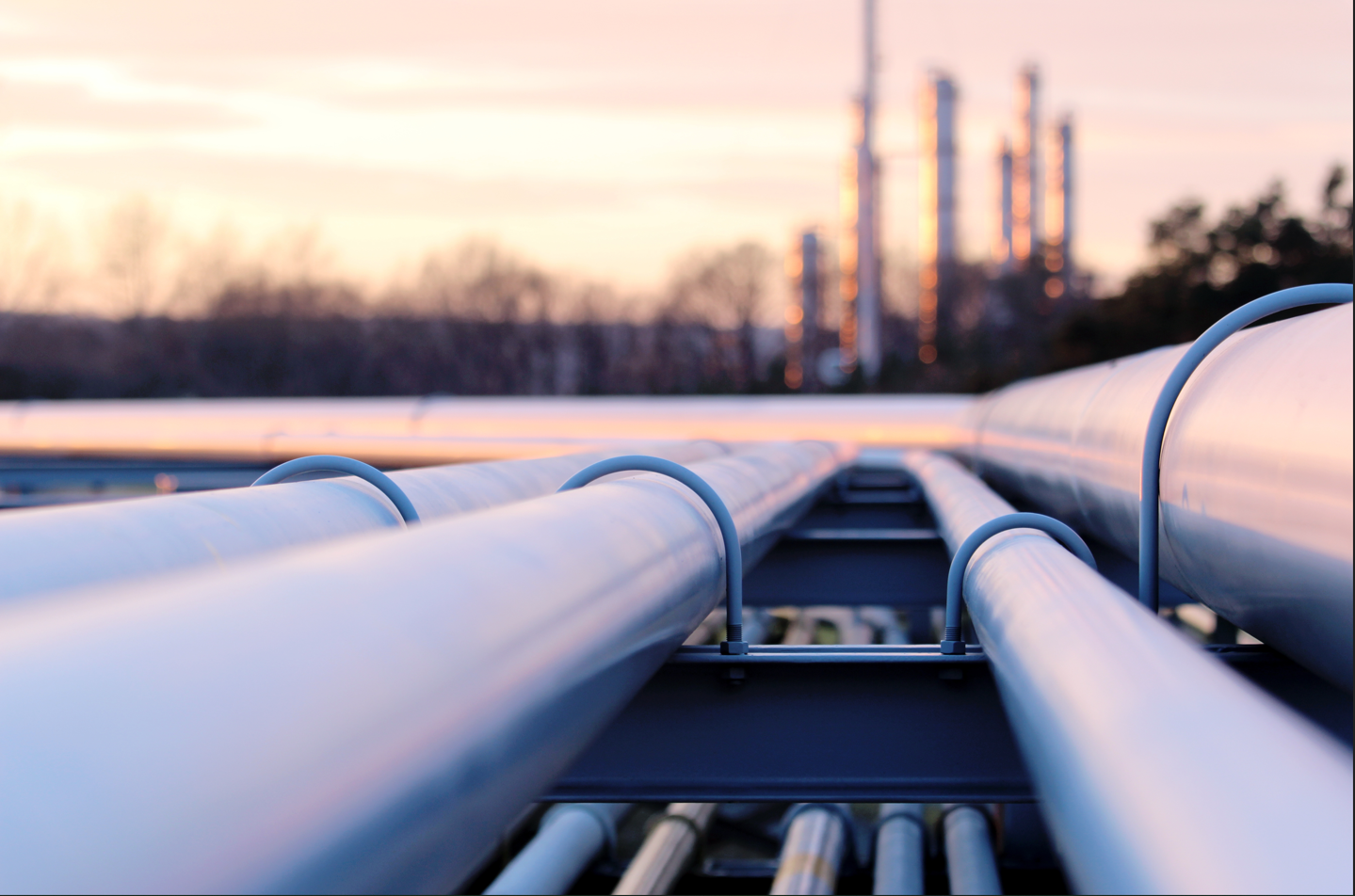
Since the start of the pandemic, global natural gas supply recovered slightly in 2021 with a 4.1% growth rate, but it was still hampered by unplanned outages in several exporting countries. With the start of the Russia-Ukraine War earlier this year, the drop in natural gas supply from Russia has further tightened the global market, especially in Europe, causing prices to increase to record-high levels. However, other regions, such as North America and the Middle East, are expected to take a strong lead in growing their natural gas production and exports as Russia continues to restrict its exports.
Even so, natural gas supply will be complicated in Europe leading to new focus on its efficient utilization. Several technologies can help reduce natural gas leaks, improve natural gas utilization efficiency, and reduce carbon emissions. Brush seals, sensors, steam trap automatic monitoring, and self-cleaning air intake filters are common examples (Exhibit 1).

- Brush seals
Brush seals help various turbomachinery become more efficient and thereby drive natural gas use. Brush seals were initially developed for aerospace applications in 1970 and were later retrofitted for gas and steam turbines and centrifugal compressors2. They are gaining wider acceptance as the number of successful installations has grown in the past decade. However, adoption rates are low, and more customer education is needed to improve the adoption rates of brush seals.
Currently, North America has the biggest share of the global brush seal market and accounts for around $25 million growing at 1.1% annually. The performance of brush seals in gas turbines is a proven technology with many original equipment manufacturers (OEMs) such as GE and Siemens providing custom upgrades for their turbines. The installation of brush seals in steam turbines is more challenging than that in gas turbines as the necessary information needed to develop an engineered solution is often not available to end users. Thus, collaboration with an experienced third-party repair shop or steam turbine overhauling service is necessary.
2. Sensors and monitoring diagnostics
Small upgrades, such as the installation of sensor and monitoring and diagnostics (M&D) technologies in turbines, can improve operating efficiency at a fraction of the cost of the turbine. However, adoption rates of sensor and monitoring and diagnostic technologies is low, often around 5%. Approaches to increase adoption rates will be critical to end-users deriving more value and benefits from such technologies.
3. Steam trap monitoring
Automatic monitoring of steam traps is an innovation with the potential to have a big impact on natural gas usage efficiency and emissions. Steam traps are used by most industrial equipment, facilities, and devices with as many as 500 traps sometimes installed at one site. Because of constant movement at valves in a steam trap, they require frequent servicing to prevent failure. According to the U.S. Department of Energy, an average of 15% to 25% of steam traps installations are leaking causing hundreds of thousands of dollars of wasted energy per year per site.
Faulty steam traps cause several pounds of loss of steam per year. To illustrate, a single steam trap, operating at 30 psi with a leak so small that it cannot be detected by naked eye, loses 12 pounds of steam per hour. This translates to a loss of 288 pounds per day or 105,000 pounds per year. Assuming 1,000 pounds of steam costs $5, that single trap will result in $504 of wasted energy. With automatic monitoring, such leaking steam traps are detected quickly minimizing steam loss and therefore improving energy efficiency and reducing carbon footprint (Exhibit 2).

4. Self-cleaning air intake filters
Simple innovations such as self-cleaning air intake systems often have a direct and significant impact on equipment efficiency. Heavy consumption of air makes turbines sensitive to air quality. Filtration is applied to provide protection against the effects of contaminated air. Self-cleaning filters can replace existing installed filters. A more efficient turbine can lower fuel usage and consequently reduce fuel costs and carbon emissions.
5. Commercial barriers and key takeaways
Adoption rates for new innovations were found to be 5% to 20% of the installed base depending on geography and application. Customers are more willing to invest in upgrades when they are educated on the benefits and therefore there is an opportunity for increasing adoption rates and delivering proven cost reduction, energy efficiency, and emission reduction benefits. For instance, the installed base of gas turbines worldwide is 33,000 globally with 80% based in Asia Pacific, Europe, and North America. The installed base of steam turbines is 22,500. Both are growing at more than 1.2% annually.
We believe these technologies have the potential to make a major impact if the end user’s willingness to adopt them increases. The adoption rate can be increased by education campaigns by OEMs selling these products and dissemination of research on the benefits using commercial case studies. Finally, an increase in adoption of these innovations can also lead to innovations in other types of industrial equipment driving additional natural gas utilization and demand.
Closing
ADI is closely evaluating and assessing the market for such technologies. Read our previous blogs on the natural gas market and contact us to learn more.
Jacqueline Unzueta and Swetha Sivaswamy



















